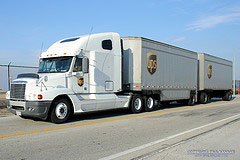What is Green?

A product’s ‘eco-balance’ is based on an analysis of its durability and whether its production;
- Uses primary energy carriers, such as mineral oil and gas
- Depletes scarce raw materials
- Has fertilization effects
- Leads to acidification
- Damages the ozone layer
- Contributes to global warming
- Produces waste products
According to MIT’s center for transportation and logistics: Environmental regulations are changing the way supply chains are designed and managed. The problem is that the sheer number of regulations, other influences such as changing consumer sentiment, and the complexity of global trade, makes it difficult for companies to decide exactly how they should respond to these pressures.

Green Considerations:
Raw Materials
- Ideal products being a plant (bamboo, wood, cork)
- How products are harvested is critical
- Important to select sustainably harvested products
- Consider salvaged products
Manufacturing Process
- Less a product is altered, the better
- Stone, wood, and bamboo require the least manipulation
- Others require chemical processing

Transportation
- Beware of products that have to be transported across the ocean or long distances
- Products within 500 miles are considered acceptable
- Shop locally when possible from vendors that supply locally
Green Home Benefits:
General Benefits
- Lower operating costs – less expensive utility bills because of energy and water efficiency
- Increased comfort- green built homes enjoy more even temperatures with fewer drafts
- Durability and Lowered Maintenance – green homes are built with materials that are designed to last longer and require less routine maintenance

